I ended a post a couple of days ago on an intellectually-unsatisfying note:
So, in general, the answer to the question, “Would you like more lens resolution or more sensor resolution” is: “Yes.” Which would do you the most good depends on where you are on the 3D surface in the first graph.
In this post I’d like to get more quantitative. There is a plot that Matlab calls a “quiver”. It’s a collection of arrows whose length and direction are programmable. The location of the base of the arrows is also programmable. I thought I’d use that plot to get a handle on the tradeoffs between the two ways to increase resolution: with the lens or with the sensor.
For each but the highest-resolution edges of the sensel pitch/lens f-stop plane, I computed the direction that gave the steepest ascent (with log2/log2 scaling) on MTF50 plots like the one below:
I made the arrows point in that direction. I made the length of the arrows proportional to the slope available in the direction of steepest ascent. Here’s a plot for a diffraction-limited lens with f-stops from f/2.8 to f/16, and sensel pitches from 2 um to 5.7 um and no AA filtering:
Sensel pitch in micrometers (um) is the vertical axis. F-stop is the horizontal one.
You can see that for pixel pitches of 4.7 um and up, except at f/16 the lines of steepest ascent all point in the direction of greater sensor resolution. As the sensor resolution goes up and we get lower on the graph, the direction of the arrows on the left side of the graph begin to point more and more to the left, indication that the easiest way to gain MTF50 is to open up the (perfect) lens.
If we add a 4-way beam-splitter AA filter to our simulated camera, here’s what the plot looks like:
Not too much different, except that more resolution is relatively more attractive compared to the no-AA-filter plot. That makes sense; the AA filter adversely affects resolution, so all else being equal, we’ll want to get it back by tightening up the pitch.
Looking at out simulated Otus with no AA filter:
We can see that more sensor resolution is the attractive direction with currently-available pixel pitches except at f/16.
Adding in the beam-splitter AA filter makes the plot look like this:
Even at f/16, at today’s sensel pitches we most desire more resolution.
An intellectual problem with these plots is that the direction of the arrows is a function of the scaling of the axes, I think I’ve picked reasonable scaling, but I’m sure people could make arguments for other scalings. It would be nice to have scalings that reflected the cost of making improvements in both directions, but that’s well beyond my pay grade.
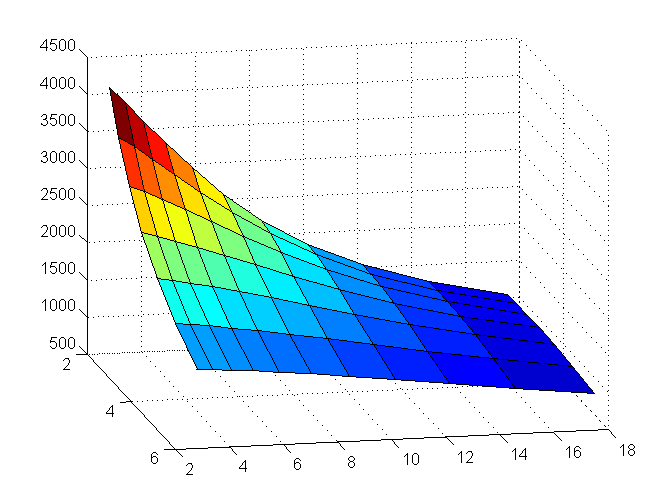
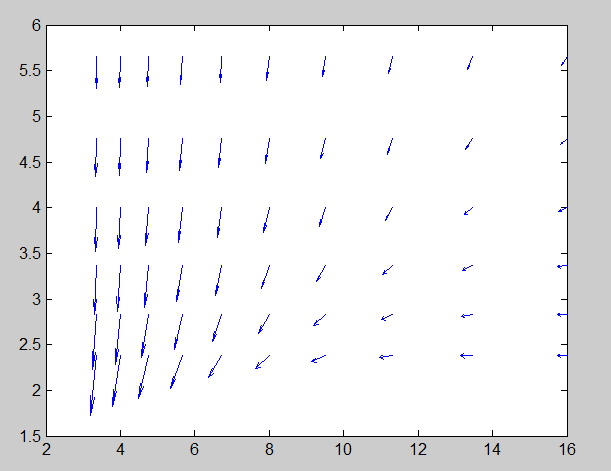
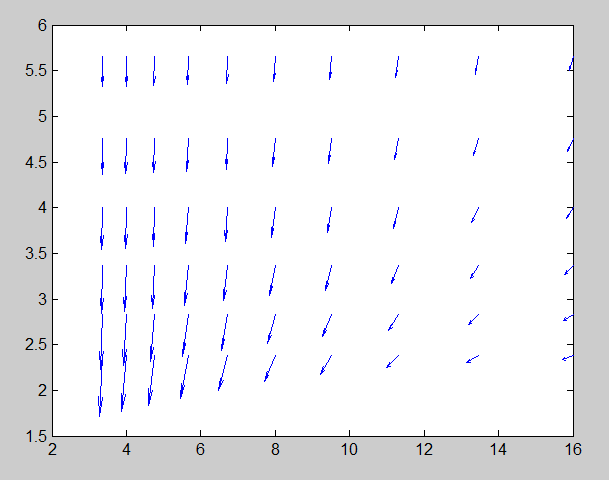
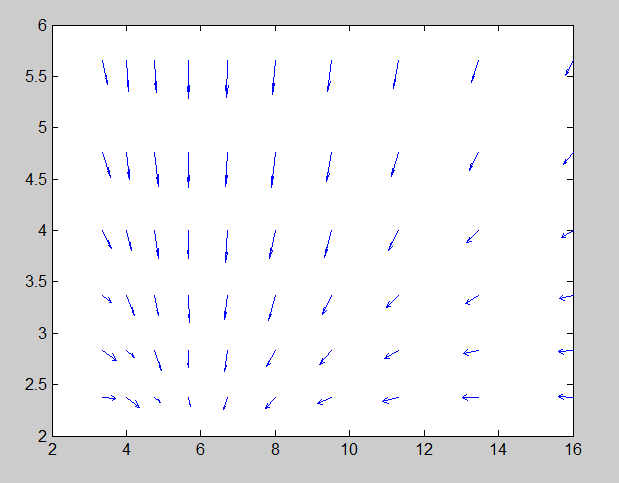
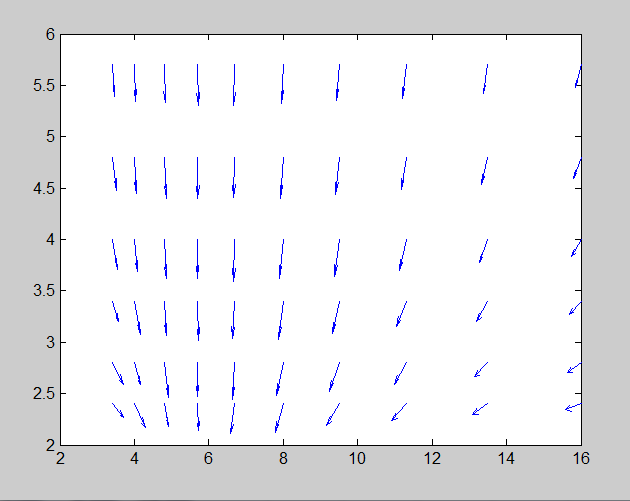
Hi,
Jim, here is the contest that you might like to take on = http://www.lensrentals.com/blog/2014/05/a-data-processing-contest